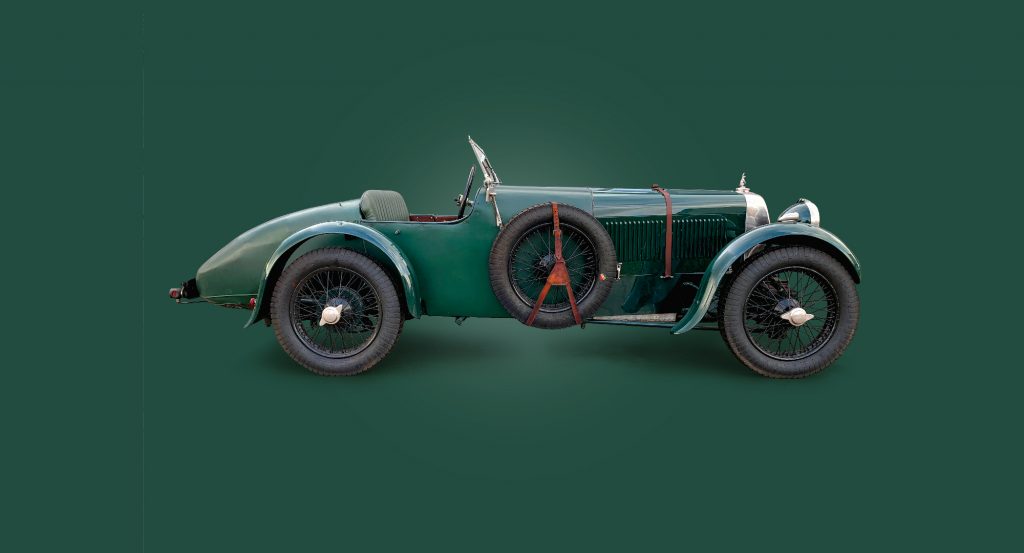Alvis is well known as an English manufacturer of high quality cars that introduced a number of important innovations that are still used in the automotive industry. The exhibition gives an overview of the most important models, most of them with traditional English coachwork.
In 1919, engineer and businessman Thomas George John started a small factory in Coventry, which produced the first cars the following year. These were of high quality and equipped with a 1.5 litre four-cylinder engine with aluminium pistons and pressure lubrication, an advanced feature at the time.
In the 1920s, Alvis played a leading role in the application of front-wheel-drive racing cars that raced at Brooklands, Le Mans and in the Tourist Trophy. The experience gained in racing led Alvis to introduce the world’s first front-wheel drive production car in 1928.
From 1927, six-cylinder cars were also added to the product range. The chassis was made by the company itself, but the bodywork was still supplied by several English coachbuilders. The models became bigger and more luxurious and they competed with brands like Bentley and Lagonda. In 1933 Alvis presented the first production car with a fully synchronized gearbox. A year later the marque came up with independent front suspension.
Just before the beginning of the Second World War, Alvis’ focus was on the production of aircraft engines and military vehicles. German bombardments in 1940 completely destroyed the car factory. After the war the production of cars in the higher market segment got under way once more. Again it was decided to buy the bodies from third parties. In 1967 the production of Alvis passenger cars finally stopped.
The exhibition ‘100 Years of Alvis’ was created on the initiative of and in close cooperation with the Alvis Owners Club Nederland.

